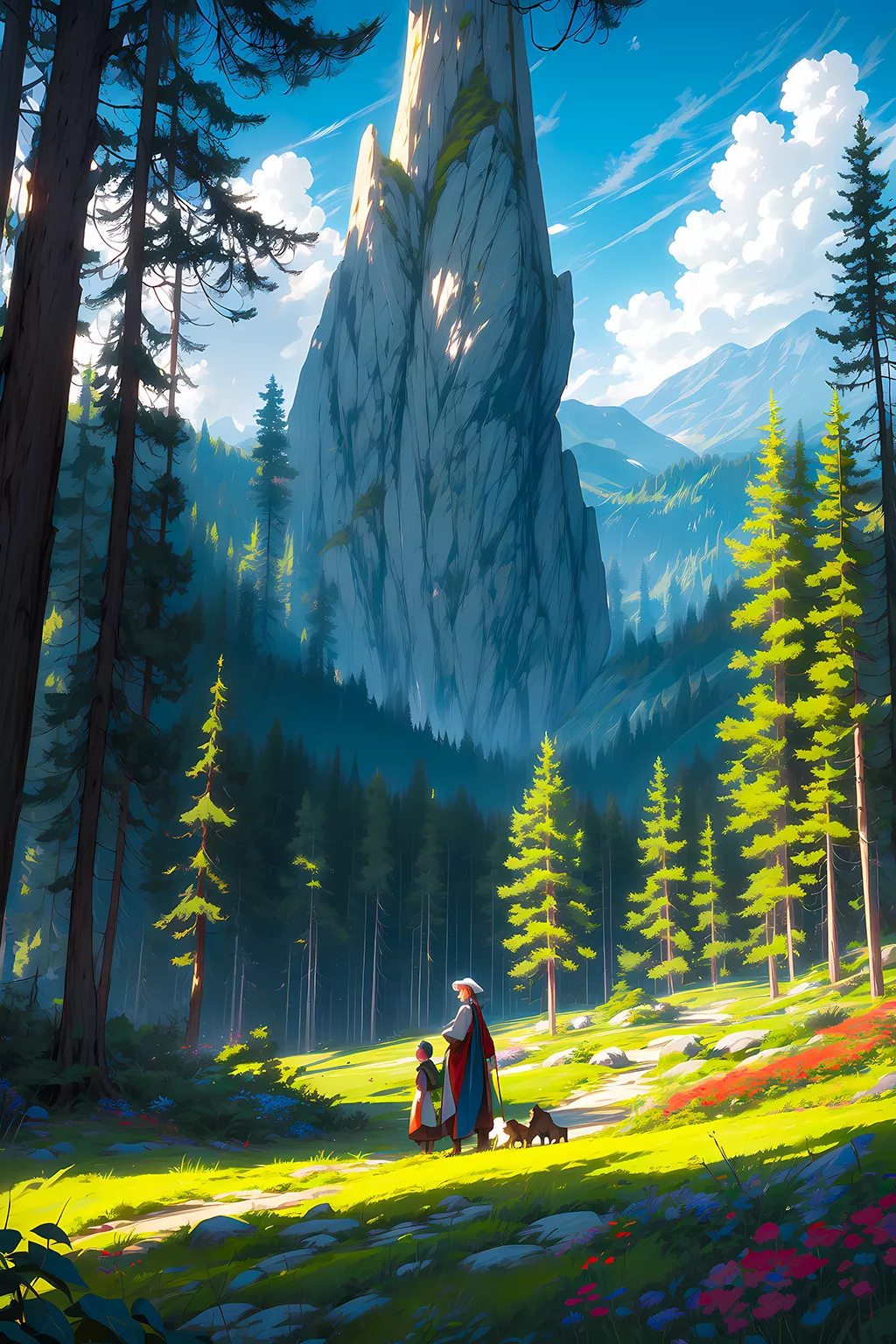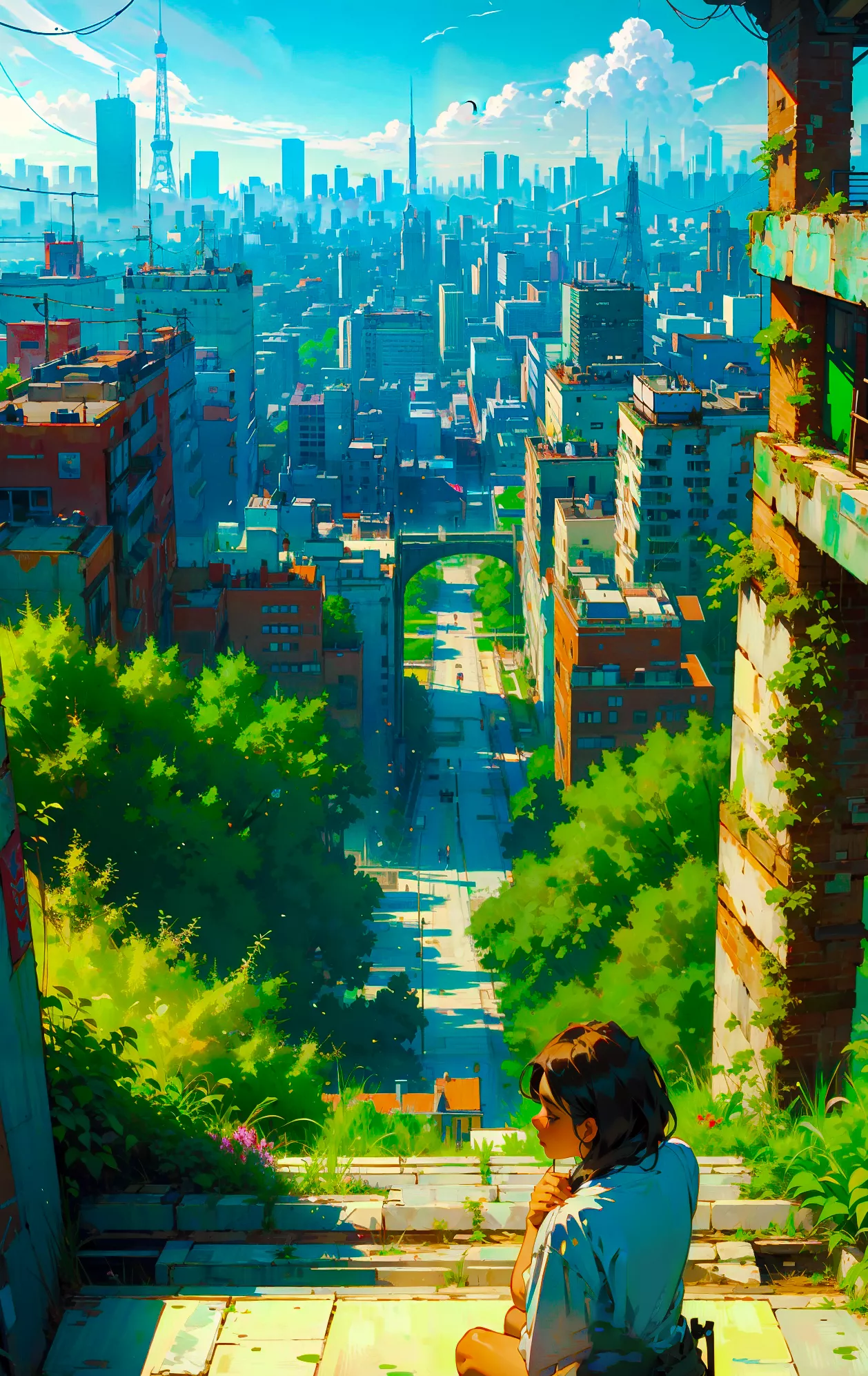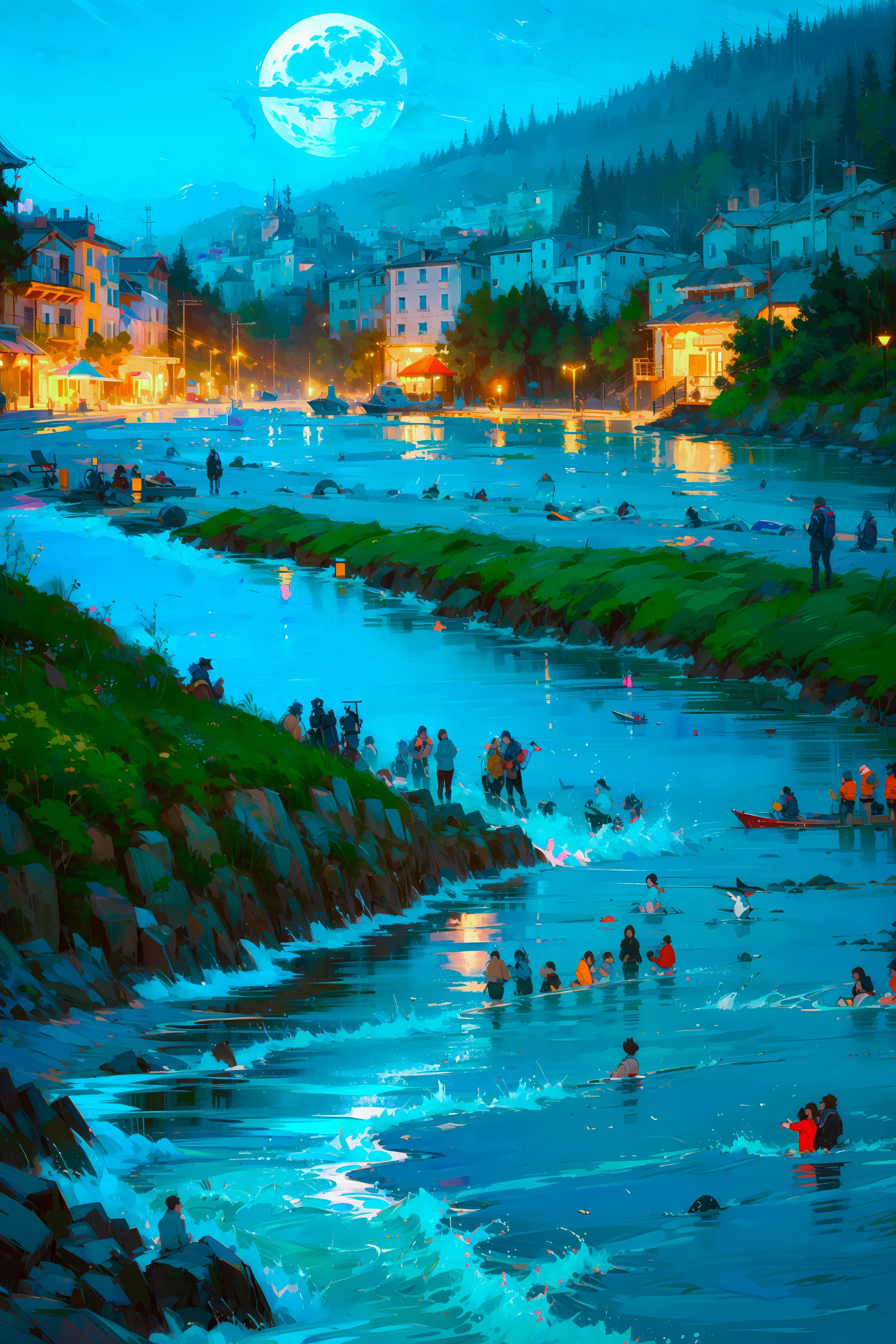Check out this workflow: Workflow JSON
Creating a Seamless Workflow for Artistic Transformation: From Realistic to Stylized and Back
Introduction
Artists and creators are constantly exploring new techniques to blend various art styles, particularly in the digital realm. This blog post delves into an innovative workflow that leverages the power of stylized checkpoints and control nets. By transforming a real-life photo through different artistic styles, we achieve a unique blend of realism and stylization, showcasing the versatility of digital art tools.
The Workflow Overview
- Starting with Reality: We begin with a real-life photo, which in this case is a photo of myself.
- First Phase of ControlNet: We convert this photo into line art using ControlNet, tweaking the start and end percentages and strength for creative freedom.
- Stylized Checkpoint Transformation: The line art is then fed into a stylized checkpoint. This could be a cartoon, anime, or any other stylized form.
- Second Phase of ControlNet: We take the stylized render and process it through ControlNet again, transforming it into line art.
- Final Realistic Transformation: This line art is then fed into a realistic checkpoint for a final transformation.
This workflow allows for the creation of art that begins in realism, travels through a stylized phase, and returns to a realistic form, but with a unique twist.
Why This Workflow?
The purpose of this multi-phase workflow is to exploit the strengths of different artistic checkpoints. By initially stylizing a realistic image and then reinterpreting it through a realistic lens, we achieve a piece of art that is both familiar and novel. It's about pushing the boundaries of creativity and seeing how far we can stretch the concept of realism.
Technical Details: Understanding the Nodes
- ControlNet Nodes: These are pivotal in converting images to line art and vice versa. Adjusting the start and end percentages allows for a balance between the original image's details and the AI's creative input.
- Stylized Checkpoint Nodes: These nodes are essential in imparting a specific artistic style to the line art. The choice of style can dramatically alter the mood and tone of the final piece.
- Realistic Checkpoint Nodes: The final step, these nodes bring back a sense of realism to the stylized image. This is where the art piece gains a new dimension, combining realism with the chosen stylized form.
Video Demonstration of the Rendering Process
In addition to the written explanation, I have included a video demonstration that vividly showcases the transformation of a single image through our unique workflow. This video provides a real-time view of the entire process, from the initial photo to its transformation into 2D stylization, and finally to the application of realism through the final checkpoint. Viewers can observe how each node is calculated and the seamless transition between each artistic phase. This visual representation not only enhances understanding of the process but also illustrates the power and flexibility of our workflow in creating distinct, multi-dimensional art pieces.
Watch the Video Demonstration Here
Workflow File for Experimentation
Along with this post, I am including a workflow file for readers to experiment with. This file outlines the entire process, allowing you to try out different styles and control settings.
Conclusion
This workflow represents the fusion of technology and creativity, offering artists a new canvas to experiment on. It encourages exploration beyond traditional boundaries, blending the real and the imaginative. The possibilities are endless, and the only limit is your creativity.
Download the Workflow File Here
Note: The provided workflow is a guideline. Feel free to modify it according to your artistic vision.

Introduction
Exploring the intersection of AI and art, we delve into how selecting a distinctive art style model, like Ghibli, and combining it with advanced AI models can revolutionize creative prompts and artwork generation. This convergence of technology and artistry opens up new horizons for artists and enthusiasts alike, allowing for the creation of artworks that are not only visually stunning but also deeply meaningful.

Choosing the Right Art Style Model
Key to this process is the selection of an art style model. The Ghibli style, known for its whimsical and detailed animation, was chosen for its unique aesthetic appeal and ability to evoke a sense of wonder and creativity. Studio Ghibli, a renowned Japanese animation film studio, has a distinctive style characterized by its vivid and imaginative landscapes, attention to detail, and emotionally resonant storytelling. This style has become a cultural icon, influencing artists and filmmakers around the world.

Combining with a Robust Base Model
Alongside this, a robust base model is essential. Stable Diffusion offers the versatility and complexity needed to interpret and visualize intricate prompts, making it an ideal choice for this synergy. Its ability to handle diverse artistic styles and adapt to various creative inputs makes it a powerful tool for artists seeking to explore new realms of digital art. Stable Diffusion stands out for its capacity to maintain the integrity of the chosen art style while introducing novel elements and interpretations.
Idea Generation with ChatGPT
ChatGPT plays a pivotal role in generating creative ideas for prompts. By providing detailed, imaginative scenarios, it lays the groundwork for the visual representations that will be created using the selected art style model. ChatGPT's advanced language understanding allows it to produce a wide range of ideas, from surreal landscapes to intricate character designs, all of which can be tailored to fit the Ghibli aesthetic. This collaboration between AI and human creativity fosters a unique creative process, where the limits are only defined by the imagination.
Batch Rendering with Stable Diffusion
Utilizing Stable Diffusion, a batch of renders is produced from these dynamic prompts. This process allows for the creation of a substantial collection of artworks, from which the most impactful pieces can be selected. Batch rendering enables artists to experiment with various iterations of their ideas, refining and enhancing their visions as they go. The ability to generate multiple artworks simultaneously also provides a rich array of perspectives and interpretations, enriching the creative process.
Resulting Artworks
The combination of a Ghibli-inspired style model with the detailed prompts provided by ChatGPT results in a captivating collection of artworks. Each piece uniquely captures the essence of the generated idea, brought to life through the distinct Ghibli aesthetic. These artworks not only showcase the artistic capabilities of AI but also serve as a testament to the endless possibilities of creative collaboration between man and machine. The rendered pieces, infused with the whimsy and depth of Ghibli's style, invite viewers into new worlds filled with imagination and wonder.
Educational and Creative Implications
This approach highlights the vast potential of AI in the fields of art and education. It demonstrates how the thoughtful selection of style models, combined with AI-generated prompts, can lead to innovative and inspiring artworks. Educators can utilize these tools to teach students about the intersection of technology and art, encouraging them to experiment with their own creative expressions. Furthermore, this method opens up discussions about the role of AI in art, its ethical implications, and its impact on traditional artistic practices.
Conclusion
The fusion of Ghibli style art models with ChatGPT's imaginative prompts, all realized through Stable Diffusion's rendering capabilities, opens new horizons for artists and educators. It stands as a testament to the power of AI in pushing the boundaries of creative expression. This innovative approach not only broadens the scope of what can be achieved in digital art but also deepens our understanding of the symbiotic relationship between technology and human creativity.
Call to Action
Embark on your own journey of artistic exploration using AI. Share how different art styles and AI models have inspired your creativity in the comments below! Discover more about Studio Ghibli and Stable Diffusion to start your journey.